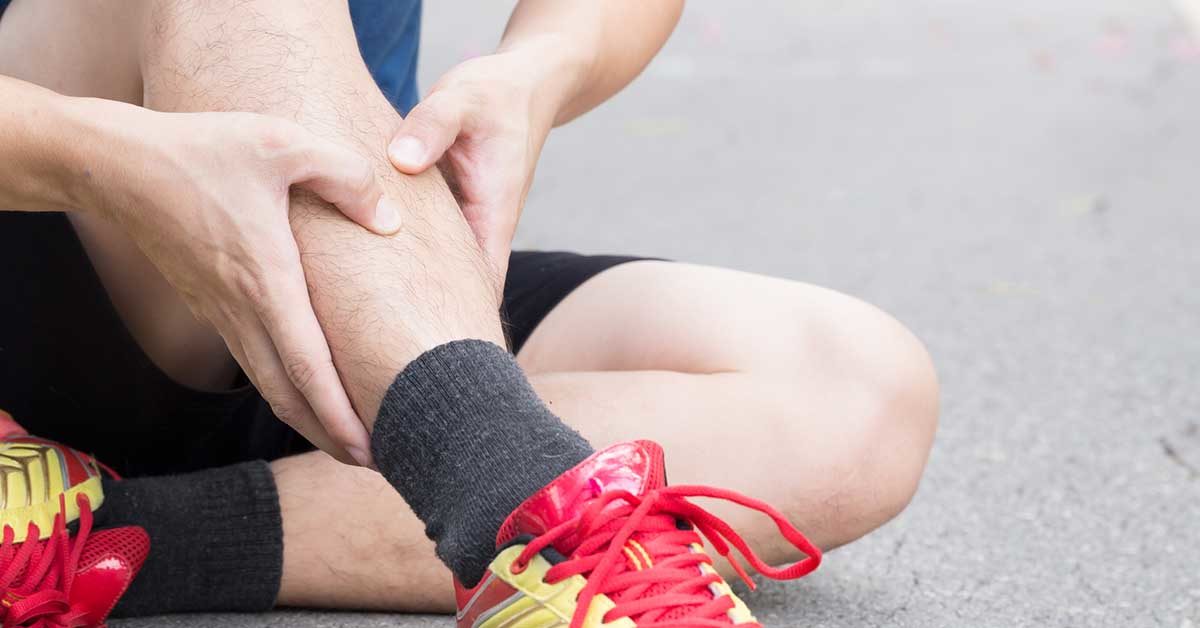You’ve relaunched your exercise routine only to end up with painful shin splints. Think you should power through them? Think again.
“If you keep over-training and not listening to your body, swelling in the lower extremities can occur, and the pain would increase,” explains Angie Hill, senior exercise physiologist at Tidelands HealthPoint Center for Health and Fitness. “With increased pain, we run the chance of compensating and letting our body fall into improper body mechanics that can lead to a plethora of other issues.”
A shin splint is a painful inflammation of the muscles, tendons and bone tissue around the leg’s tibia bone, Hill says. The condition can occur with repetitive, improper foot striking and impact; overloaded or tight muscles; and activities or sports that require fast acceleration and quick deceleration.
Amping up an exercise routine or excessive exercise after a period of inactivity can also lead to shin splints. Other factors such as flat feet, shoes that don’t fit well, weak ankles, hips or core muscles and inadequate or poor flexibility can also contribute to this painful condition. Runners are at high risk, but gymnasts, dancers, basketball players or people who engage in military-style training are also susceptible to shin splints, says Hill.
To help avoid shin splints, wear appropriate footwear that properly supports your arches and incorporate days with low-impact exercises that still provide intensity such as spinning/cycling or swimming.
“And if you’re beginning to exercise again after taking a break, avoid trying to pick up where you left off a few months ago,” Hills says. “Start easy and gradually increase.”
When running, avoid hills or inclines, which increase your chances of acquiring shin splints. And avoid training on hard surfaces. Instead, run on rubber material, swim or bike.
If you develop shin spints, the American Academy of Orthopaedic Surgeons offers this treatment protocol:
- To relieve the pain, apply ice for 20 minutes at a time, several times a day, for several days or until the pain subsides.
- Take anti-inflammatory pain relievers such as ibuprofen, aspirin or naproxen to reduce pain and swelling.
- Use insoles or orthotics for your shoes if appropriate.
- Perform flexibility exercises that includes stretching your lower leg muscles.
- Before returning to the activity that caused the shin splints, be sure you’ve been pain-free for at least two weeks. Start at a lower level of intensity and work your way back up.
“It’s hard to be injured and have to deal with the pain,” Hill says. “Most of the time when people come to me with issues related to muscle pain, we work on increasing their flexibility and they begin to feel results. They have less discomfort and less pain. It just takes time, patience and commitment.”
